Un nouveau réseau de distribution
Fruit de notre alliance avec le groupe Beretta, nous sommes heureux d’officialiser notre nouveau réseau de distribution mondial avec les 14 principales filliales étrangères

Making a shotgun is an art. While the manufacturing stages are identical for each type of shotgun, the techniques used vary. Artisanal manufacture produces unique shotguns, while industrial manufacture produces more uniform weapons. In all cases, the manufacture of a shotgun requires specialised expertise to produce safe, high-performance weapons that will enable you to hunt small game in the best possible conditions.
Most often made from steel or ergal (another name for aluminium), the metal parts that make up a shotgun, such as the rocker, trigger guard and front iron, are cut from the mass using high-performance machines.
Today, the most modern technology used for machining is the so-called 5-axis machine. These machines have the advantage of being highly precise, producing parts to very tight tolerances and optimising the use of raw materials.
Older material removal techniques on traditional machining centres required several manual operations to finalise the shape of the parts.
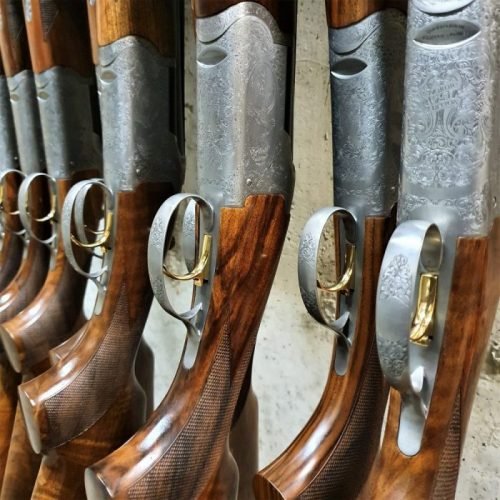
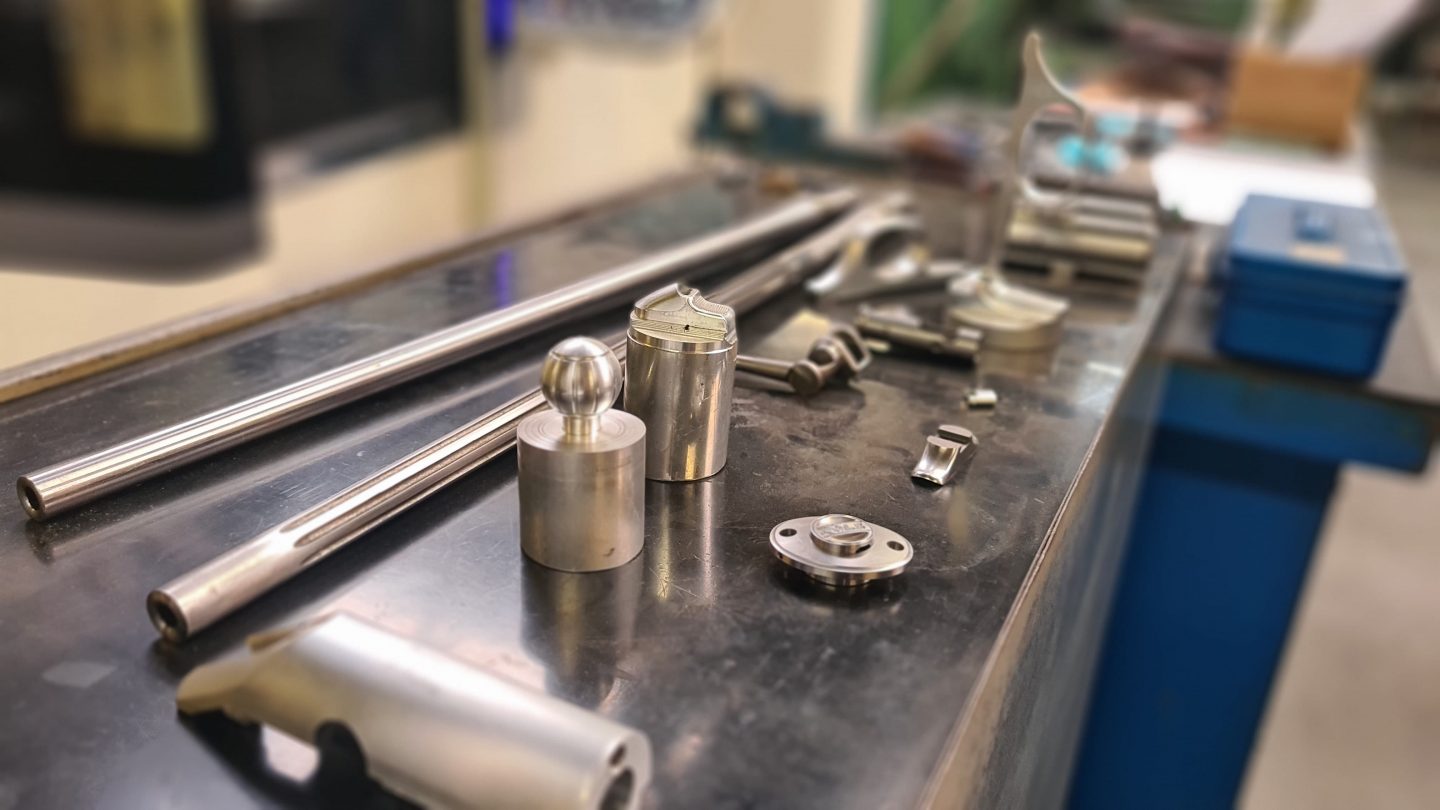
Once machined, the barrel parts are assembled. The assembly process differs between traditional and industrial methods. Top-of-the-range shotgun barrels are assembled in half blocks, whereas standard barrels are usually assembled by shrink-fitting.
Next comes the bronzing stage, which is designed to protect the barrel from oxidation and corrosion. Here again, there are different techniques: layer bronzing, bath bronzing or teflon coating. Coat tanning is the technique that provides the deepest black while offering very good resistance of the barrel to oxidation over time.
Focus Chapuis Armes: bronzing
Chapuis Armes bronzes all its guns by coating. After degreasing the metal, a liqueur is applied three times a day for a week. Fifteen coats of liqueur and fifteen baths in logwood are needed to obtain the best results.
The rifle stock is usually made from walnut tree, or even synthetic materials such as carbon. Carbon is made industrially. In the case of walnut tree, the rifle stock is roughened by machines, then worked by hand by the stock-maker before being fitted to the rocker by the woodworker.
Different types of wood are used to make rifle stock, such as beech for industrial rifles or walnut for quality guns. A walnut stock is a must for a traditional shotgun. Its distinctive grain gives it splendid contrasts. A noble wood, walnut has interesting technical characteristics for a gun, such as being light and robust.
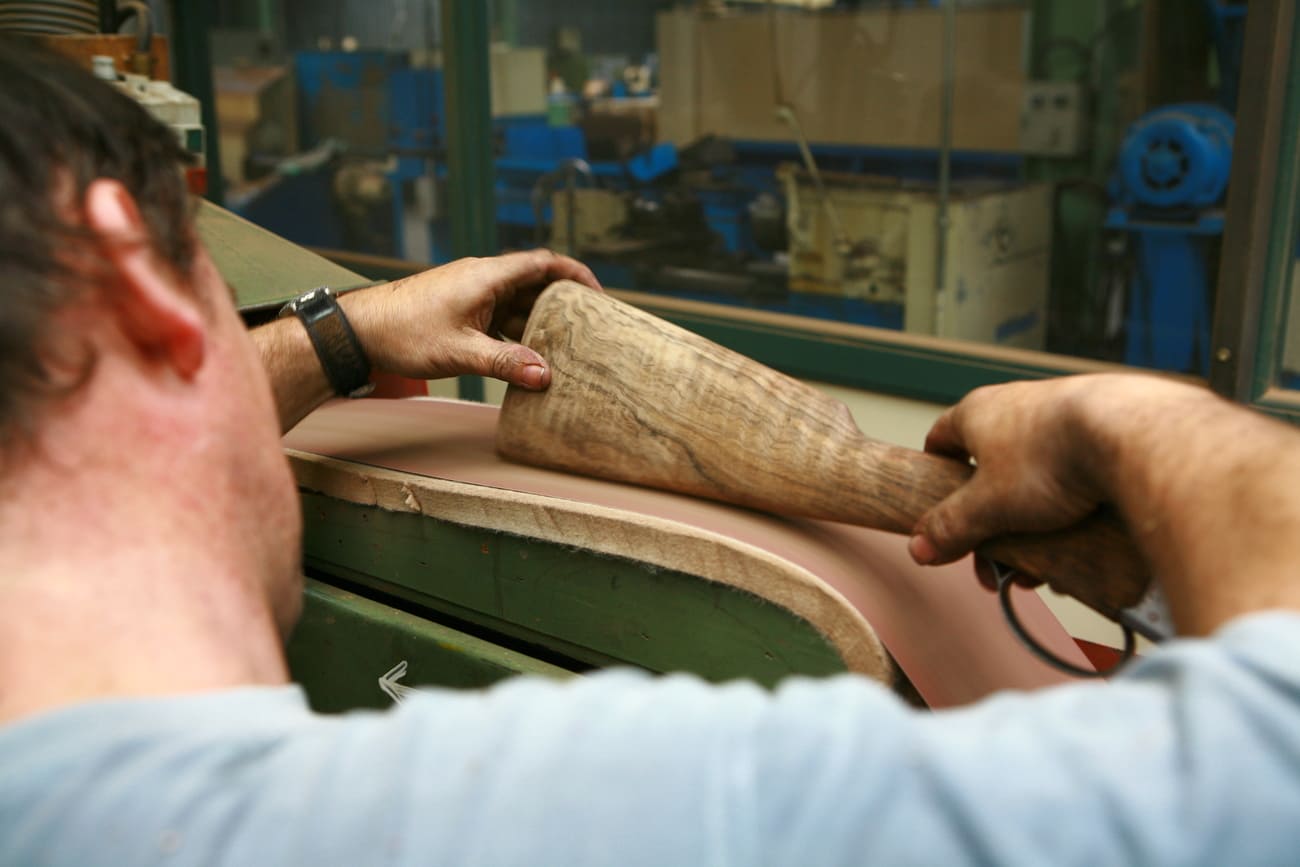
Focus Chapuis Armes: wood selection
The woods used by Chapuis Armes come from Turkey, and are scrupulously selected for their technical and aesthetic qualities. The woods are naturally dried for three full years, at the end of which process they are ready to be worked. Every year, several thousand walnut blanks are chosen by Chapuis Armes to become the stocks for the Super Orion, R.O.LS and Progress.
Only an expert hand can engrave a shotgun. All metal parts can be engraved. There are various engraving techniques, which influence the final appearance of the work. In all cases, engraving always begins with a drawing, a rough sketch of the engraving work.
The most common decorative motifs are hunting scenes, depicting animals in their natural environment, from partridges taking flight to woodcock in the undergrowth. Hunting dogs are also popular motifs. Other styles include more graphic lines with floral themes.
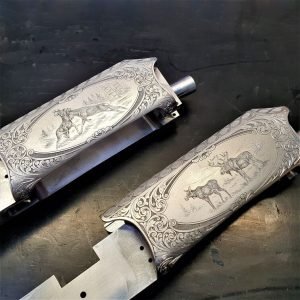
After being prepared and nourished using different techniques, the wood of the stock and front is ready to be checkered.
Unlike engraving, checkering has more than just an aesthetic function: it makes the shotgun easier to handle. Checkering can be done using a press or laser on industrial guns, and in a more traditional way, by hand for top-of-the-range models.
An extremely delicate stage, squaring requires perfect dexterity, trained by years of practice to master the technique.
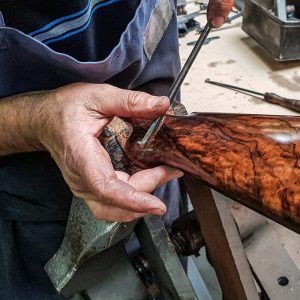
Fruit de notre alliance avec le groupe Beretta, nous sommes heureux d’officialiser notre nouveau réseau de distribution mondial avec les 14 principales filliales étrangères
Fruit de notre alliance avec le groupe Beretta, nous sommes heureux d’officialiser notre nouveau réseau de distribution mondial avec les 14 principales filliales étrangères
Fruit de notre alliance avec le groupe Beretta, nous sommes heureux d’officialiser notre nouveau réseau de distribution mondial avec les 14 principales filliales étrangères
Fruit de notre alliance avec le groupe Beretta, nous sommes heureux d’officialiser notre nouveau réseau de distribution mondial avec les 14 principales filliales étrangères
Fruit de notre alliance avec le groupe Beretta, nous sommes heureux d’officialiser notre nouveau réseau de distribution mondial avec les 14 principales filliales étrangères